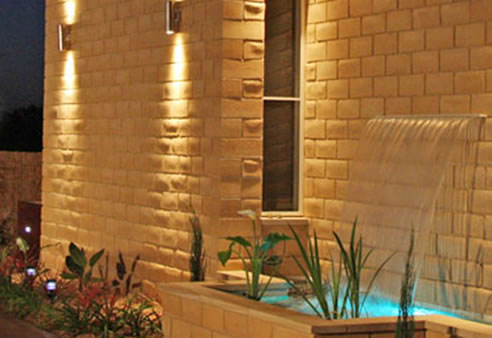We live in threatening times because of the waste that humans generate, and it has been harmful to the environment. Some humans have decided to put into action ideas believed to help alleviate or modify climate change. One of the deliberate eco-friendly choices that are being made is using eco-friendly materials for construction. Engineers, architects, and construction professionals have pinpointed different eco-friendly building materials, and the dream of going green is finally coming true. Below are the building materials that contribute to saving energy and combat climate change.
1. Straw Bale
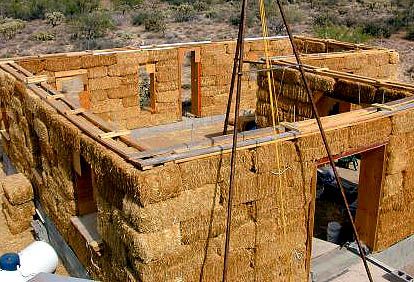
Straw Bale is a viable and renewable material commonly derived from rice, rye, wheat, and oat used to build insulation or construction components. In the second part of the stone age in Africa, houses were made using straw. Its rebirth is now evident in the new dawn, and it has gained the favor of straw bale construction.
Straw bale construction lessens air pollution and also has high insulation qualities. It takes less energy to fabricate the material that can make thick and soundproof walls. Strawbale is a high fire retardant and entirely recycled if it is no longer needed.
2. Bamboo
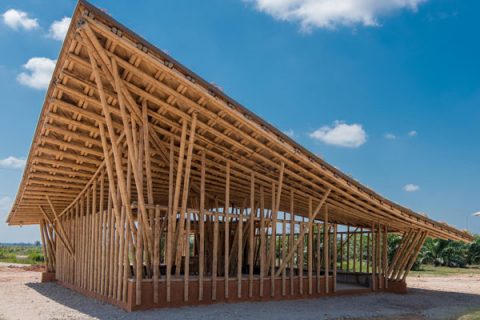
Did you know that bamboos are some of the fastest-growing plants? Now you know, and there are other facts, but let us see why bamboo is rising to prominence in the construction industry. Bamboo is a natural compounded material that has a high squeezing strength-to-weight ratio handy for structures.
Bamboos are immune to fire because of water and the excessive amount of silicate acid in the material. They are cheap and pose no danger to the environment. The readily available material is durable and also has some commendatory aesthetic qualities.TBamboos make some of the best eco-friendly materials for construction. The most common types of bamboo used in construction are;
- Genus Gaudua
- Genus Dendrocalamus
- Genus Bambusa
- Genus Phyllostachys
3. Timbercrete
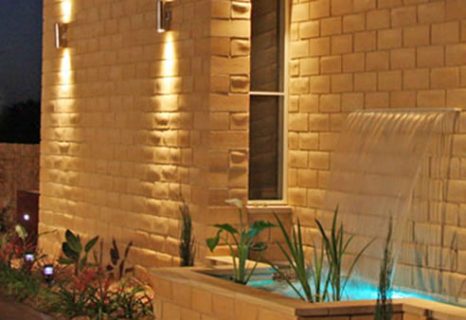
Timbercrete is a riveting material made of concrete, sawdust, binders, and non-toxic deflocculating addictive. The material is available in blocks, bricks, panels, and pavers. Timbercrete is lighter than concrete, but it is stronger because of its fiber.
The material causes no damage to the environment and is safe to recycle. It is easy to work with due to its lightness and low density.
4. Wood
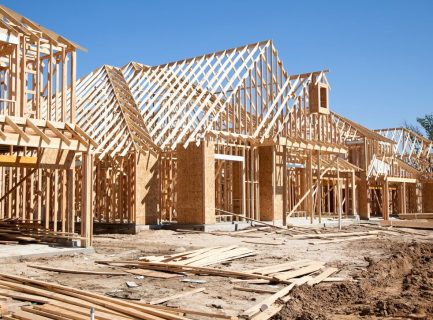
Wood has been used for centuries, but it sees a present-time renaissance with the growth in wood construction popularity. Wood efficiently removes carbon dioxide from the environment, and it is also renewable.
When it comes to electrical conduction, wood has a natural resistance making it safe for certain fire circumstances. Wood increases energy efficiency and is also biodegradable.
5. Recycle Plastic
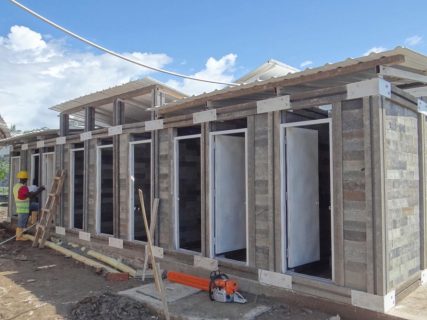
Recycled plastic has an untapped potential for a better environment. Plastics have all the essential properties for construction materials such as lightweight, durable, waterproof, strong, and recyclable.
Different varieties of plastic have different production levels and properties, allowing them to meet the critical needs of various applications like thermal insulation and erosion protection.
- Ferrock
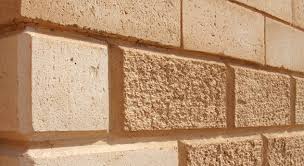
Ferrock seems to be an alternative to concrete in the near future. The building material comes from iron in the form of waste steel dust that reacts with carbon dioxide to form iron carbonate. Iron carbonate adds to the material’s strength. It is suitable for the environment because it traps large amounts of carbon dioxide as it hardens, forever it locks in possibly harmful greenhouse gases.
Compared to concrete, ferrocks durability and stability are excellent. Ferrock is chemically inactive, thus best for marine constructions.
8. Hempcrete
Hempcrete is a blend of hemp hurds and lime; the material is used for construction. It is a breathable material that allows a healthy environment. Hempcrete is capable of absorbing moisture and humidity in a building and maintains a stable temperature.
